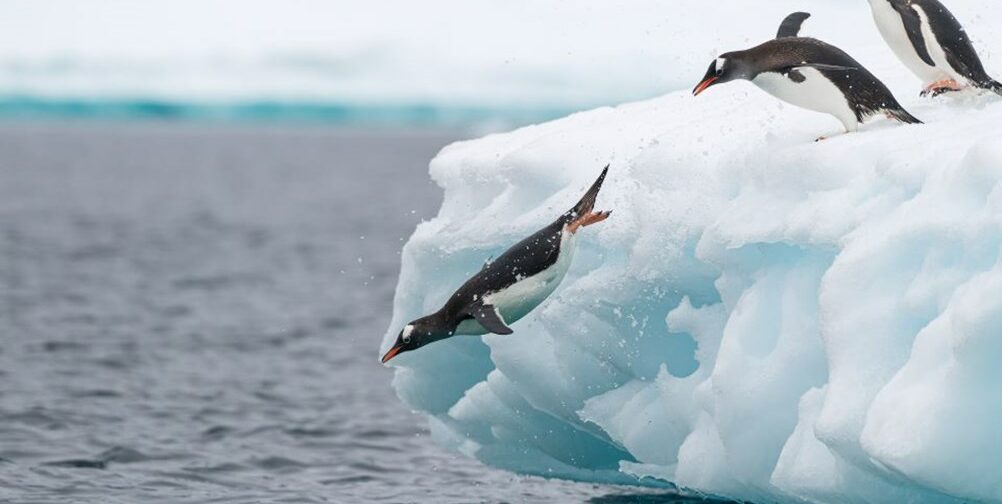So Antarctica isn’t melting. But what about the other big, though smaller, land-based ice mass at the other end of the planet? Once in a while the news breaks that a massive melt event has occurred over the entire face of Greenland. And it’s all your fault, greenhouse gases, etc. etc. But a recent study (h/t NoTricksZone) has shown that while those big melt events are dramatic when they occur, they are very rare and contribute little to changes in Greenland ice mass. In fact, the big melt events since 2007 contributed only about 2% to the total melting since 2007. What caused the rest? Day-to-day melting here and there on the ice cap surface due to wind patterns and increased shortwave radiation, aka sunlight, caused by changes in cloud cover. Again with the thinning clouds... it’s starting to sound like a pattern.
We have recently talked about some new studies that showed changes in cloud cover over the past two decades allowed more solar energy to reach the surface, which explained the observed energy imbalance and warming, as opposed to increased greenhouse gases. Now the story moves to Greenland, where increased shortwave radiation at the surface was found to explain about 30% of the melting pattern since 2007. A further 30% is explained by heat exchange due to warm winds. But where do the warm winds come from?
It turns out there are persistent “inversions” over the Greenland ice cap in which the air is warmer aloft than at the surface, the opposite of the normal pattern there as everywhere. The inversion arises when sunlight reflecting hard off the ice cap warms the air high above the surface rather than the more typical pattern of sunlight warming the ground which in turn warms the air right above it. When clear sky conditions prevail, gravity-driven wind patterns form that pull the warm air down from above which then sweeps over the surface. Either way, the process is driven by thinning clouds and shortwave radiation, not greenhouse gases trapping longwave radiation.
The authors comment that a multidecadal system called the North Atlantic Oscillation (NAO) is likely to blame for the reduction in cloud cover. For the past 20 years the NAO has produced summertime wind systems that result in less atmospheric moisture and thinner cloud cover. Taken together these explain most of the surface melt activity. But since the NAO is cyclical, we conjecture that the system will flip back to its opposite phase at some point, and decades from now someone will be wondering why there’s been so little surface melting on Greenland lately.


